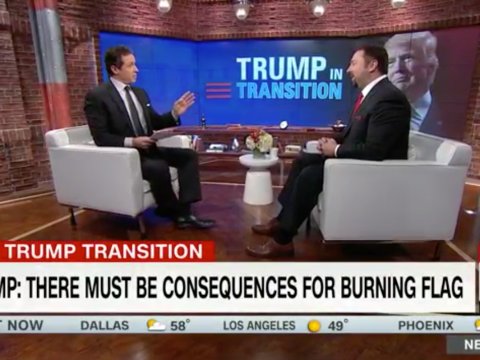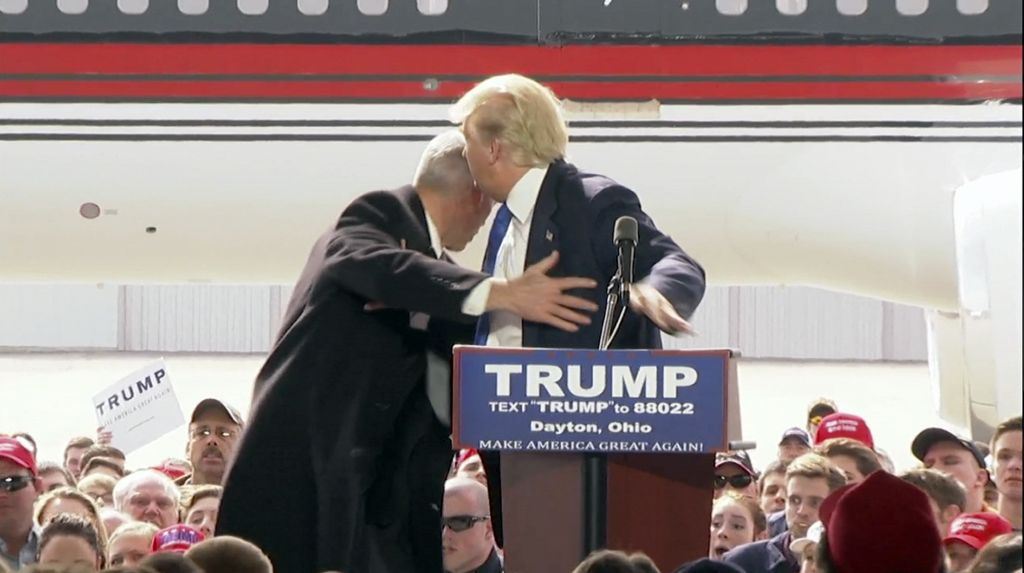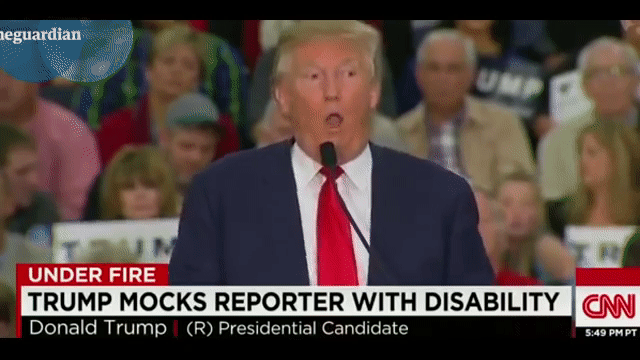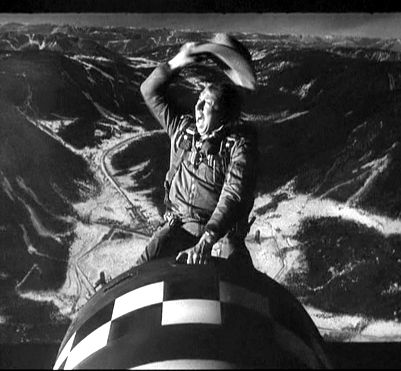Along with biotechnology, alternative energy and supercomputers, robotics is another sector America needs to win in a race with our fellow global power China.
Just wrote about the new Administration’s apparent obliviousness to the role robots currently play in manufacturing, a capacity which will only grow exponentially in the near future. While an obtuse policy of punitive tariffs might unintentionally jump-start domestic investment in robots, such a large-scale shift might work better if it was done via cohesive plan.
If U.S. investment in industrial robotics ends up producing more new jobs than expected, that’s great. If it leaves us without enough work for citizens, we really need to initiate a National Service program that would offer Americans living, stable wages in exchange for restoring and revitalizing our infrastructure and environment. As Holger Stark writes in Spiegel: “Today’s America is simultaneously the country of the iPhone and the country of potholes.” Fixing the latter would mean more could afford to enjoy the former.
In an excellent New York Times column, Farhad Manjoo advocates for the U.S. government to marshal a move toward developing automated machines, warning of the repercussions if we don’t. “Today, we buy a lot of stuff made in China by Chinese people,” he writes. “Tomorrow, we’ll buy stuff made in America — by Chinese robots.” The opening:
Factories play a central role in President Trump’s parade of American horrors. In his telling, globalization has left our factories “shuttered,” “rusted-out” and “scattered like tombstones across the landscape of our nation.”
Here’s what you might call an alternative fact: American factories still make a lot of stuff. In 2016, the United States hit a manufacturing record, producing more goods than ever. But you don’t hear much gloating about this because manufacturers made all this stuff without a lot of people. Thanks to automation, we now make 85 percent more goods than we did in 1987, but with only two-thirds the number of workers.
This suggests that while Mr. Trump can browbeat manufacturers into staying in America, he can’t force them to hire many people. Instead, companies will most likely invest in lots and lots of robots.
And there’s another wrinkle to this story: The robots won’t be made in America. They might be made in China.
Industrial robots — which come in many shapes and perform a range of factory jobs, from huge, precisely controlled arms used to build cars to graceful machines that package delicate pastries — were invented in the United States. But in the last few years the Chinese government has spent billions to turn China into the world’s robotic wonderland.
In 2013, China became the world’s largest market for industrial robots, according to the International Federation of Robotics, an industry trade group. Now China is working on another big goal: to become the largest producer of robots used for factories, agriculture and a range of other applications.
Robotics industry experts said that goal could be a decade away, but they see few impediments to China’s eventual dominance.
“If you look at the comparisons in investment between China and the U.S., we’re going to lose,” said Henrik Christensen, director of the Contextual Robotics Institute at the University of California, San Diego. “The investments in China are billions and billions. I’m not seeing that investment in the U.S. And without that investment, we are going to lose. No doubt.”•












